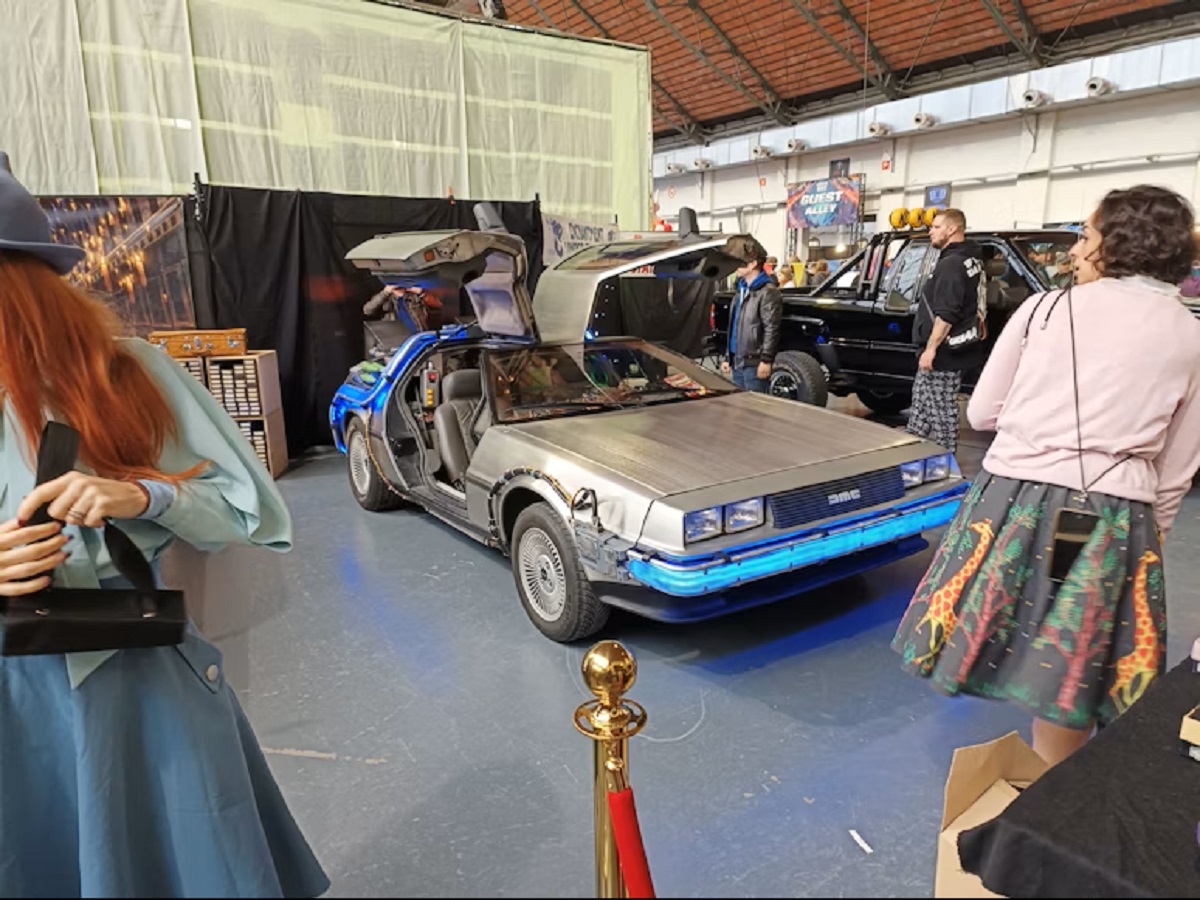
A checkout lane that greets no one has become normal, not futuristic. That same quiet disruption is reaching into offices and other workplaces. Some workers are anxious, while others are already adapting to the new situation. We’ve gathered verified facts about fifteen jobs that are under direct pressure from automation. You’ll see real numbers and specific examples, not just predictions. Each slide tells you what’s changing and why it matters. Use this as an opportunity to reassess your skills and plan your next steps. Then, pass it along. Someone you know could be on this list without realizing it yet.
Assembly Line Worker
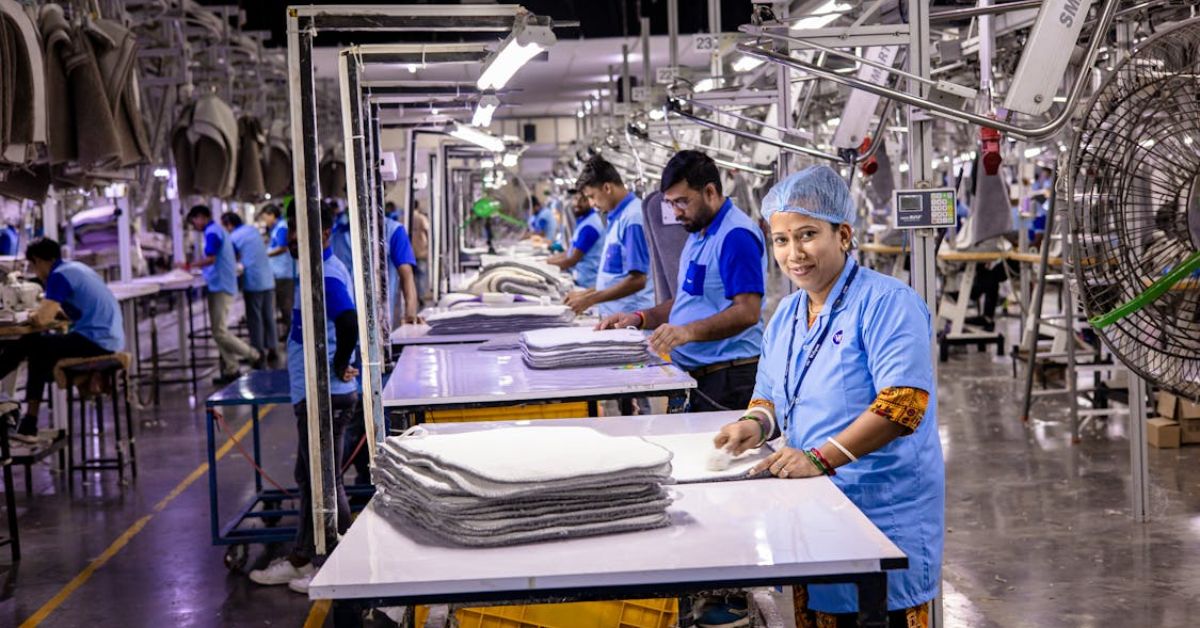
In the early 1990s, assembly lines mainly relied on human labor. Robot installations were rare, limited to tens of thousands globally. Today, top car factories deploy more than one robot per ten workers. Over 3.5 million robots now weld and install nonstop, dramatically reducing the need for human hands.
Data Entry Clerk

UiPath bots process millions of insurance and healthcare claims, while OCR software handles invoice reading, and RPA manages rapid data transfers. These tools have replaced what used to be purely human keystrokes. Consequently, the Bureau of Labor Statistics predicts a 25% decrease in job opportunities in this field by 2032.
Legal Assistant

Legal assistants once researched case law and drafted contracts. Today, JPMorgan’s COIN can review thousands of contracts in seconds. AI tools like ROSS scan legal precedents using natural language processing. Many firms now reduce junior hires by retaining staff only for roles that require complex human judgment or deeper legal interpretation.
Cashier
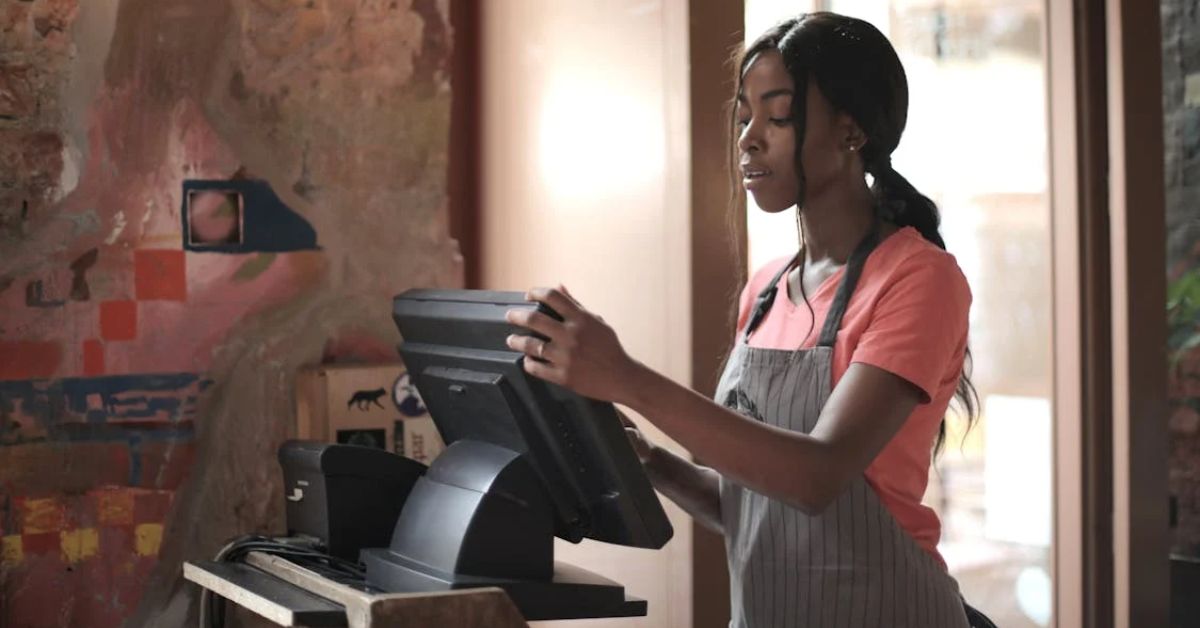
Self-checkout has become a standard part of shopping. Over 70% of consumers use it when available. Amazon Go stores rely on shelf sensors and AI vision. In 2025, Walmart even introduced AI-powered checkouts in 500 of its stores. While some cities require human cashiers, automation is reshaping how customers complete transactions.
Telemarketer

Google Duplex now holds conversations that sound strikingly real, while predictive dialers shift tone using sentiment analysis. AI agents help firms bypass call screening and efficiently qualify leads. As machines scale faster and operate around the clock, telemarketing becomes a space where human voices are steadily being pushed aside by evolving conversational software.
Warehouse Packer
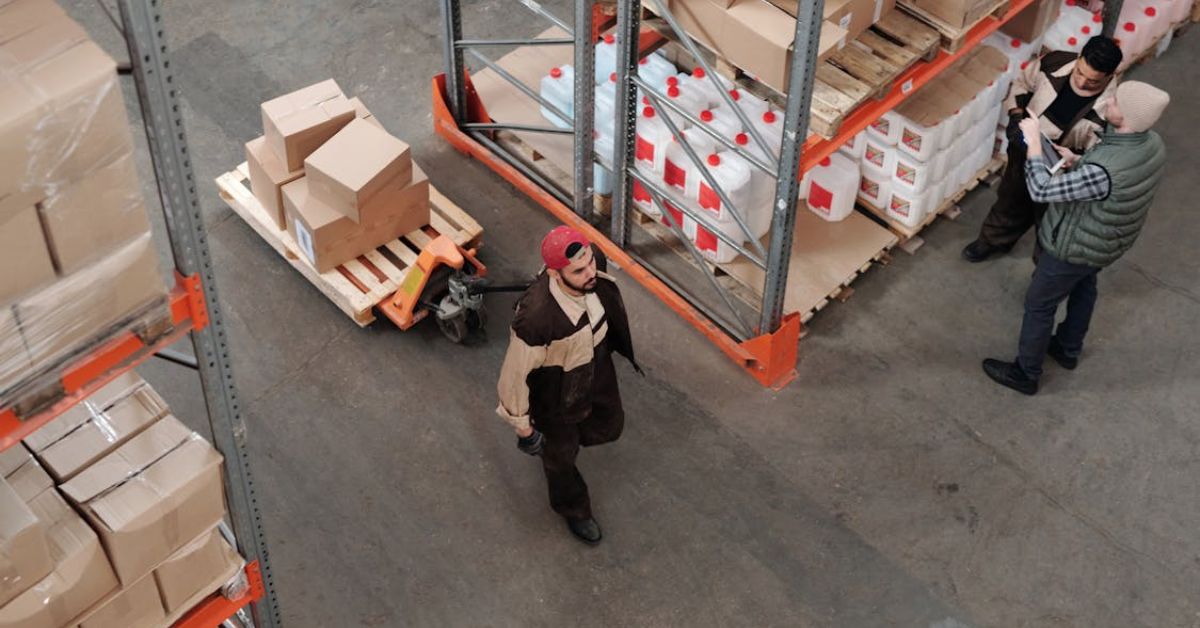
Amazon’s warehouses now use over 750,000 robots, including Kiva and Sparrow systems that zip through aisles lifting packages. Yet, humans are still needed to correct errors and handle irregular shapes. By 2030, the Boston Consulting Group expects 60% automation, which will result in quieter floors and fewer human hands in packing roles.
Travel Agent

Only 12% of Americans still use travel agents, as sites like Expedia and Hopper provide instant, AI-powered pricing. Gen Z prefers booking trips through chat-based apps and rarely interacts with planners. Human advisors continue to hold value in luxury and corporate travel, where customization and concierge-style service remain in demand.
Fast Food Cook
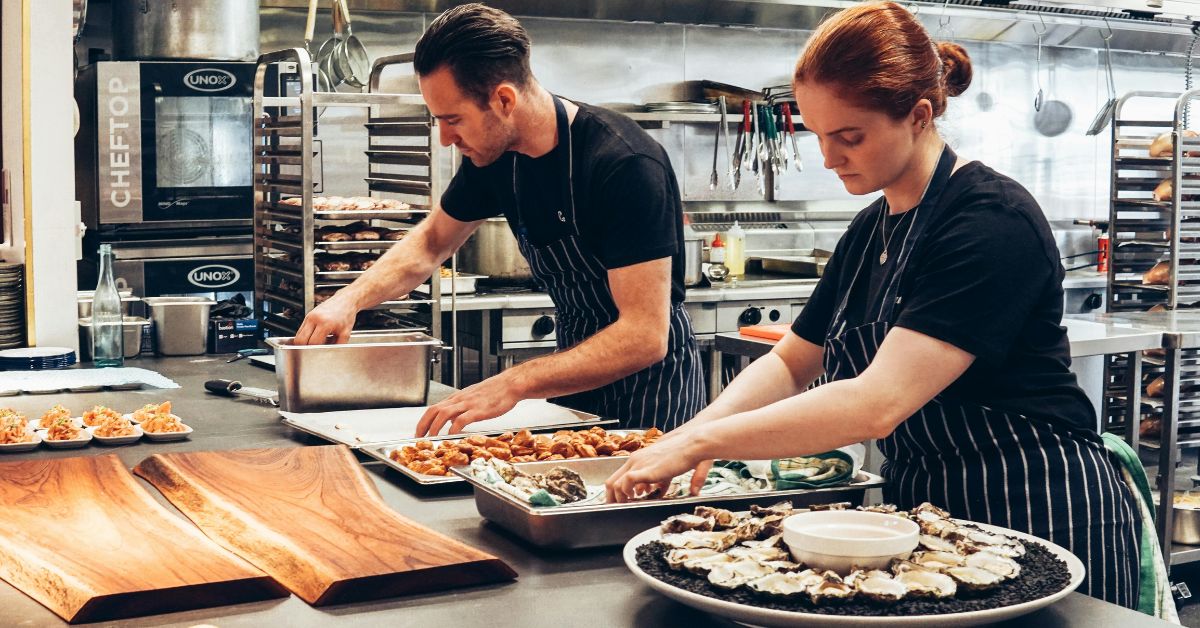
Fast food kitchens evolved quickly due to labor shortages. Miso Robotics’ Flippy 2 now manages fryers and grills with minimal oversight, and White Castle has installed it in ten locations. Chipotle adopted “Chippy” for chips, as these machines offer speed and hygiene—qualities often prioritized over high entry-level staff turnover.
Radiologist
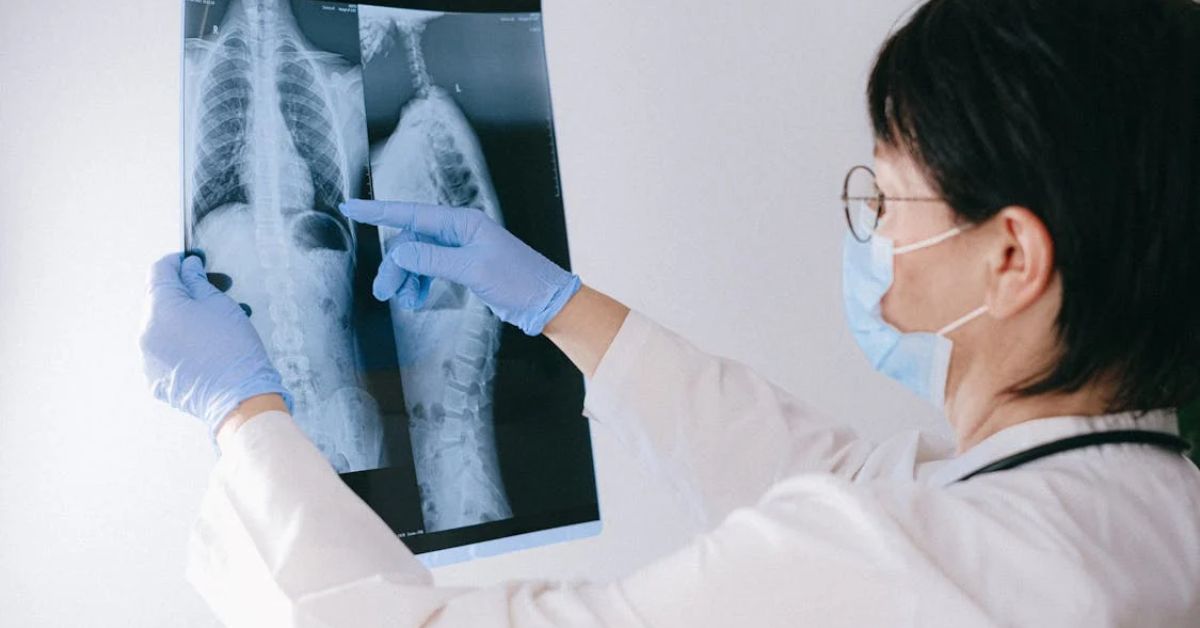
AI sees what the eye might miss. DeepMind’s system detects breast cancer with near-expert accuracy, while Arterys scans lungs and hearts in under a minute. AI now flags pneumonia in X-rays with over 90% reliability. Radiologists still provide context and judgment, but machines already perform the first read.
Taxi Driver

Once a familiar job in every city, taxi driving now faces competition from machines. Waymo and Cruise operate driverless services in Phoenix and San Francisco. Yet, safety setbacks, such as Cruise’s 2024 accident, slow progress. While 38 states regulate self-driving vehicles, most still prohibit full autonomy in adverse weather conditions or on highways.
Bank Teller

Bank of America’s “Erica” now answers over a billion queries each year, while ATMs and mobile apps cover most deposits and check processing. With 13,000 branches closed since 2010, teller roles have shifted toward fraud detection and services where machines still struggle to replace direct human judgment.
Customer Service Representative

By 2025, AI is expected to handle up to 85% of customer interactions, as bots from Zendesk and Intercom already sort most calls before a person responds. AT&T saved $1B in 2022 using this model. Human agents still play a key role when emotional support or complex issues exceed the capabilities of automation.
Journalist

AI now writes without rest. Heliograf at The Washington Post produced 850 articles in a year, while Bloomberg automates financial reporting. Jasper and Wordsmith generate full drafts. However, AI can’t interview or verify sources. So, journalists shape narratives while bots support them by handling repetitive, data-driven assignments behind the scenes.
Graphic Designer

Design once required technical skill, but now a prompt can do the trick. Canva and Adobe Firefly generate polished layouts effortlessly, while DALL·E and Midjourney turn text into visuals. As Fiverr gigs for basic logos decline, designers focus more on storytelling and conceptual thinking to stay relevant.






